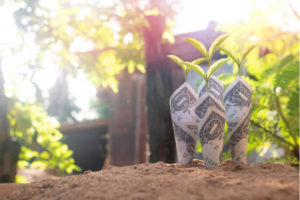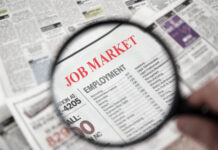
What are the consequences of repeated bailouts from the Fed and other policymakers? More risk-taking, more leverage, a less stable financial system, and the risk of a future systemic crisis of such a magnitude that even a printing press won’t be able to fix it. That’s for starters at least. “Lever up and lobby for a bailout” is how I’ve described this new paradigm in American capitalism.
It was tongue in cheek to some extent, but it seems that the California Public Employees’ Retirement System (CALPERS), America’s largest pension fund, is taking the idea to heart. The Chief Investment Officer of CALPERS told his board yesterday that the fund has no choice but to take more risk.
Why, you may wonder, does CALPERS have to take more risk? Bloomberg explains:
To meet its future obligations, Calpers must generate a 7% annual return. Yet an in-house study in 2019 found that its chances of meeting that target over 10 years are just 39%. In a world of historically low yields, the fund would be hard-pressed to hit its goal with $8 of every $10 of assets in publicly traded equities and traditional income products.
So how does CALPRS plan to meet its 7% target?
LEVERAGE!
CALPERS plans to juice its returns by leveraging its portfolio of assets. It will also invest more in private equity, so it can bake higher return assumptions into the plan. The source of private equity’s higher returns? Yup, LEVERAGE!
What about the risk of a severe drawdown?
“We will have to live with the possibility of market drawdowns as the price for increasing the probability of achieving our ambitious target rate of return,” Meng said. “There is no alternative.”
When policymakers punish prudent investors with zero interest rates and reward reckless investors with bailouts that preserve returns, the incentive is to become more reckless with your investment portfolio.
CALPERS is the biggest, and one of the first, to head down this path, but expect more of the same from other pension funds, mutual funds, hedge funds, private investors, and any and all in between.
Hard to predict when this all comes crashing down, but when it does, many innocents are likely to catch shrapnel. Be sure your portfolio is properly prepared to survive such a blowup.



